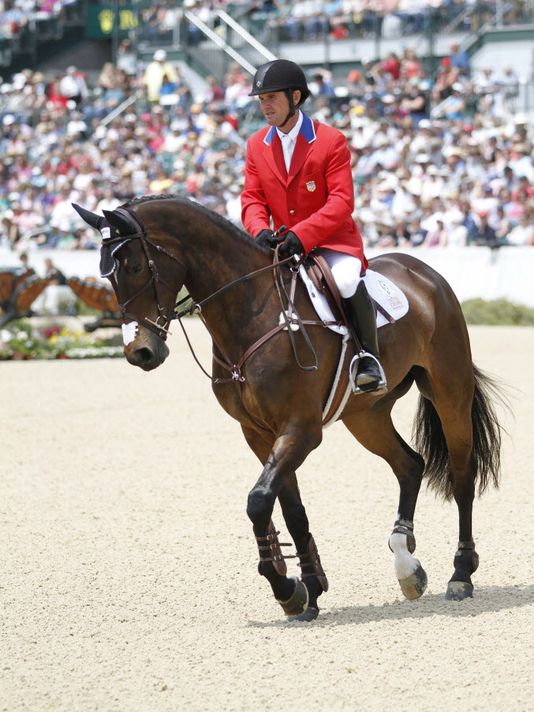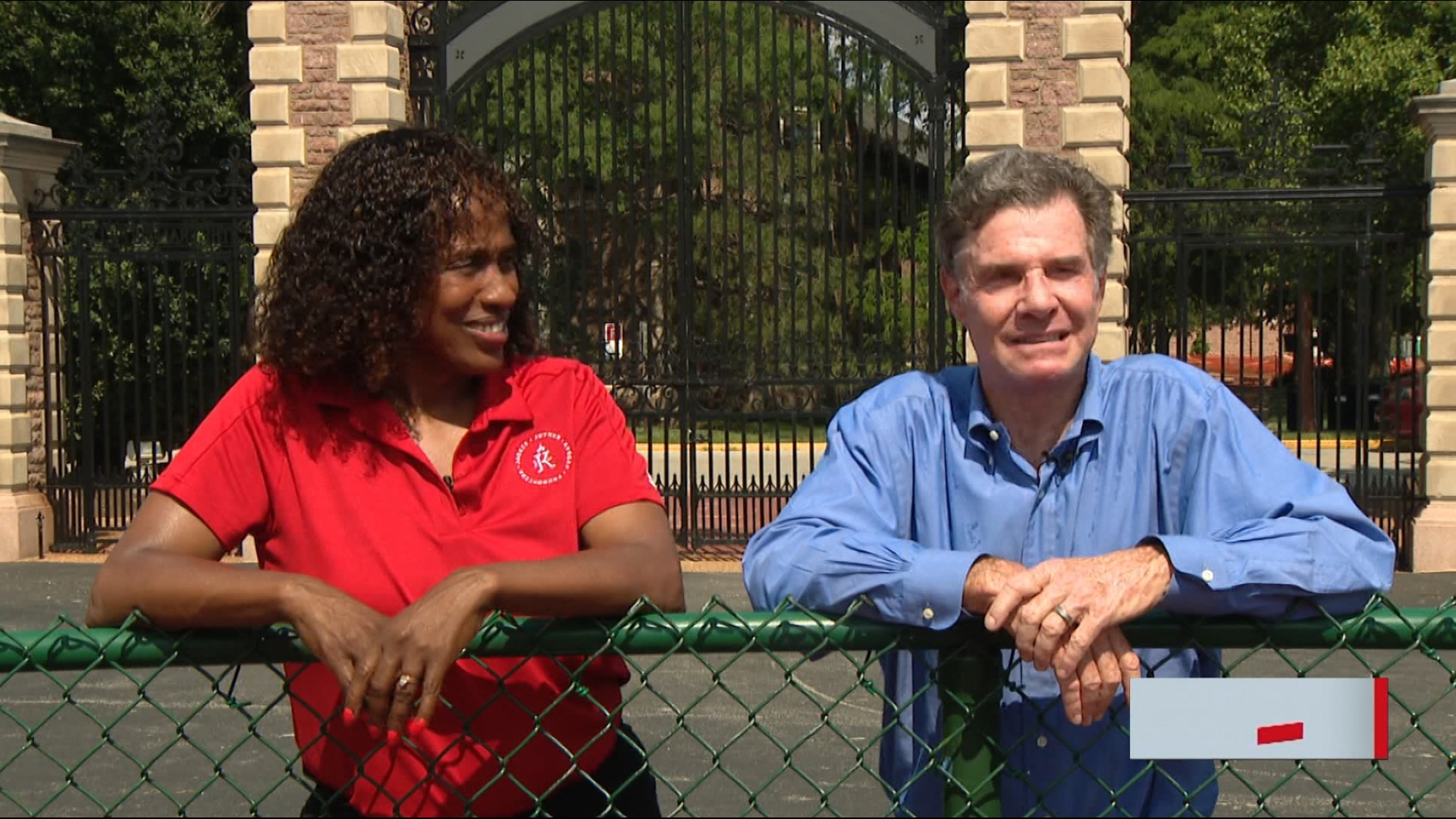If you’re in for a long plane ride, business class is the way to go. With an attendant to check on you and get you a favorite drink, it’s the best approach for flights about 10 hours long.
Especially if you’re a horse.
With athletes from around the world arriving in Rio de Janiero for the start of the Olympics on Friday, those with four legs are catching flights to the Games, as well.
A whole industry exists to transport the equine athletes, and companies such as The Dutta Corp. will facilitate the travel of the horses for the American team and many others.
To be sure, flying horses comes with its own challenges. But it’s not so different from what their human partners will experience.
“Just like a human that flies — some people like it, some people don’t,” said Richard Picken, who had a business flying horses for more than a decade. “Same with the horses, really.”
The biggest difference for the horses as opposed to their riders is boarding and deplaning. They ride in the main cargo deck of commercial flights, but they first must be loaded into jet stalls that are then loaded into the plane with a lift.
Those can fit three horses per container — in a stall that’s 88x102 inches — but the horses for the U.S. eventing, dressage and show jumping teams will fly to Rio two per container.
“When we put three horses in, it’s like flying economy,” Picken said. “When we put two horses in, it’s flying business class. And when we put one horse in, it’s first class.”
The horses travel with grooms, who are responsible for caring for them in flight. A veterinarian is going to be with them on the way to Rio.
“They got in yesterday afternoon,” U.S. eventing rider Phillip Dutton said Sunday at a news conference in Rio. “So we still have all this week for them to get used to the conditions here in Rio and be at their best for next weekend. You can come in a little bit too early, I believe, and get away from your home base and training. If you get in too close to the event, you risk if your horse gets a little sick then he hasn’t fully recovered. We’ll let you know after the event but I think we’ve timed it about right for the amount of time for our horses to get adjusted here and get them going before our event starts.”
Dressage horses are scheduled to travel Monday, show jumping horses Aug. 7.
Loading and unloading can be the most dangerous times, Picken said. Too many people around or distractions while the horses are being loaded could lead to problems. “Basically, it’s at that point that you know that the horse will fly or not,” he said.
The pilots are aware of the horses, so they take off gradually.
Once in flight, grooms and vets monitor the horses for any signs of distress. They feed them and make sure they’re drinking water. If they aren’t drinking but seem to be sweating, the groom might try to entice the horse to drink by adding apple juice.
“They’ll tolerate it a lot more than people think,” Picken said. “You could get a horse that decides it doesn’t want to be on there anymore, so there’s no set planning.”
Throughout the flight, they’re monitoring the stress of the horses. The grooms and veterinarians have tranquilizers on hand. Picken and Tim Dutta, CEO of The Dutta Corp., said they’d never had to call for an emergency landing for a horse in distress.
“Most of these Olympic Games or championship horses, they’ve already traveled before. This is not the first time in their life,” Dutta said. “They’re like us. Some people need a gin and tonic before they get on the plane, and some people drink tea. ... Based on what the horse tells us, we read them and we react accordingly.”


